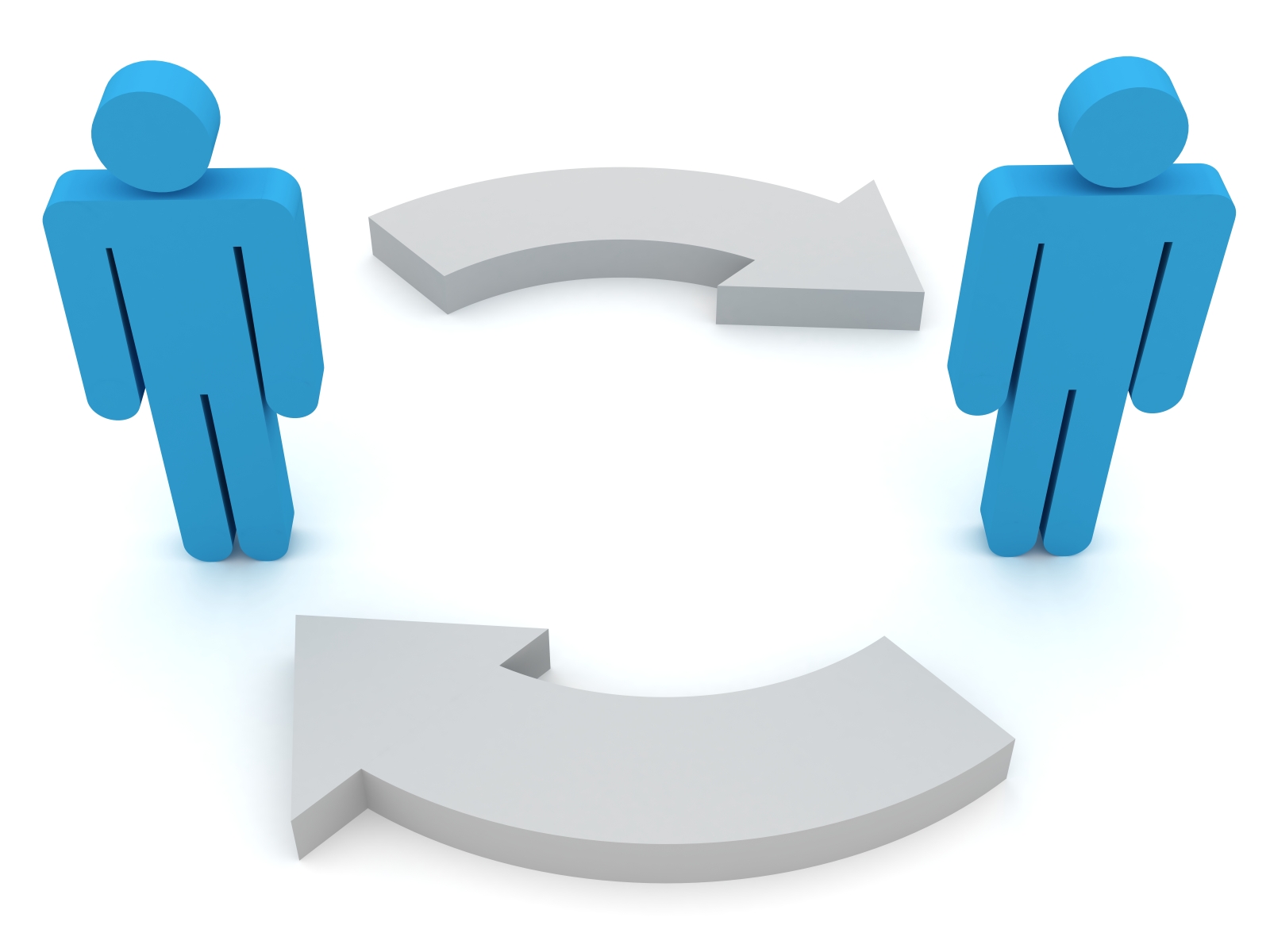*This week’s blog post is brought to you by Optis’ Senior Data Analyst, [Andy Kersh](https://www.linkedin.com/pub/andrew-kersh/22/263/743).*
In a previous [blog post](http://www.optis.com/blog/data-conversion-rundown) we discussed the basics of data conversions, the various types of conversions, and how to begin the data conversion process. Once a conversion is completed for a given source of data there are many details that can and should be learned. So, before you slap your hands together and declare completion, let’s take a look at a few essential steps -
**Store the Mappings – don’t reinvent the wheel each time**
Data mappings are both where each data entity is mapped from the input source to the destination source and where the values within each data entity are mapped from the input source to the destination source. Once a conversion is completed you should store all mappings from the input to the destination. This basically is a technical term for saying, “save what you did” so you can replicate it in the future. Mapping the actual values for each data entity is by far the most time consuming component of the data conversion process.
These mappings include not only the data sets but also the details within each data set. The details within a data set correspond not only to each item within a dataset but also the specific values for each item. It’s very detailed…
Once all of the conversion aspects are stored in a data repository, all of the knowledge gained in the first conversion can be applied to subsequent conversions. This knowledge gain allows for a much quicker and more accurate conversion. The more details you capture from each conversion allows for more knowledge gain with future conversions.
Take for example Workers’ Compensation claims and financial data. Many employers use a finite variety of Workers’ Compensation claims administrators. When one employer decides to change vendors, for whatever reason, this is where the data conversion process comes into play. Most employers will want their historical claims and financial data converted when they move to a new vendor. This brings me to my next point…
**Glean knowledge from these data sets and build in automated logic**
When multiple employers move from one vendor to another, the knowledge gain with each conversion is improved. Within each conversion there is more and more data that is processed. With this additional data there is more opportunity to experience the dynamics between the input source and the destination source.
At Optis we are using all opportunities to improve the conversion process, and we’ve begun to leverage every opportunity possible to improve the knowledge gain from these dynamics. One way we are doing this is by developing logic from all of the mappings we complete.
For example, you might have a code that represents lower leg in the input source that maps to leg in the destination source. You also might have upper leg in the input source that maps to leg in the destination source. With more manual data conversions, in both these scenarios the user would actually manually program this mapping. But by building in automated logic, any subsequent data conversions you go through you can have the conversion process recall that both these mappings were made in previous conversions. There are many tools that can be used to create this logic. Much like the computer used by IBM, Watson, Optis is utilizing cutting edge technology to leverage past information to dynamically and accurately create these mappings without the users’ judgment. With these initiatives in place, it allows Optis to more accurately and more timely convert customer’s data.

*[Learn more](http://www.optis.com/data-services/data-conversion-services) about Optis' Insight Data Conversion Services.*
Streamlining the Data Conversion Process


